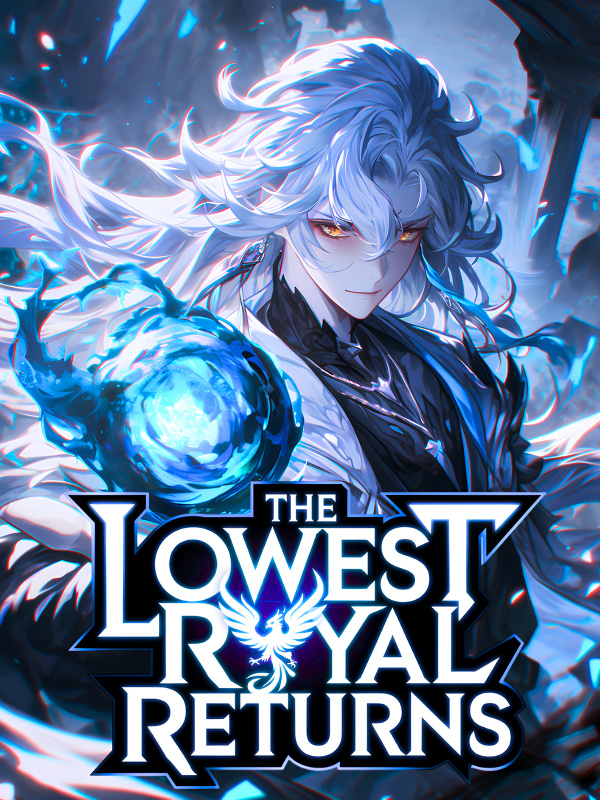©NovelBuddy
Video Game Tycoon in Tokyo-Chapter 708: What Can Games Really Bring?
Chapter 708 - What Can Games Really Bring?
Ring Fit obviously can't compare with professional fitness training. That was never the goal during the game's development. From the start, the idea was to create something lighter and easier to approach—a simple, accessible way for people to get started with exercise through gaming. It was meant to lower the barrier to high-intensity workouts.
And as it turns out, Gamestar Electronic Entertainment really pulled it off.
In the first week after launch, Ring Fit Adventure sold over five million copies.
For Gamestar—a company known for producing hit after hit—this wasn't entirely shocking, but what stood out was the overwhelmingly positive response from the public.
"Hey, man, have you heard of Ring Fit?"
"Ring what?"
"Ring Fit Adventure. It's a game."
"A game? I'm not into games."
...
...
"Then you're really behind the times. This is the hottest game out right now. If you haven't tried it, you're seriously missing out."
"Eh? It's just a game. What's there to regret?"
"Come over to my place. I'll show you myself!"
...
Online, tons of people began sharing their impressions the moment they got their hands on Ring Fit.
And almost all of them had the same reaction: exhaustion.
For regular fitness enthusiasts, the exercises in Ring Fit were relatively basic. But fitness junkies make up only a small fraction of the population. The majority are just ordinary people.
When those people tried Ring Fit for the first time, they found themselves sweating all over, completely worn out before they even realized it.
But at the same time, they felt the genuine satisfaction that comes from a good workout.
It wasn't just the mental satisfaction from playing a game. Ring Fit provided a real sense of physical release.
With the game constantly offering encouragement, players were naturally inclined to follow its instructions and move to the rhythm.
After the first week, early adopters started sharing their fitness data on various social platforms.
To make that even easier, Gamestar had thoughtfully included a simplified fitness data summary within the game—things like calories burned, types of exercises completed that day, and even performance comparisons with similar workout routines.
This made players even more motivated to share their results online.
Soon, fitness data screenshots from Ring Fit Adventure were being posted all over the internet.
People who weren't familiar with the game were stunned by what they saw. Many couldn't believe these results were coming from folks they knew—people who had always avoided exercise.
Why were they suddenly working out with such intensity?
Driven by curiosity, they began reaching out to these friends to ask what was going on.
And those friends, pleased with their own progress, eagerly shared the name of the game they'd been playing.
Updat𝓮d from frёewebnoѵēl.com.
Which made the newcomers even more surprised.
A game?
A video game?
Since when could video games help people work out?
Those who asked this were often laughed at by those already in the know. They were called outdated for not realizing how far video games had come. Games were no longer just about fun and fantasy—they could actually help people improve their physical health.
With curiosity piqued, more and more people decided to give Ring Fit Adventure a try.
As a result, one month after launch, the game's sales exploded.
It had already sold five million in its first week. Normally, sales would drop by 80% in the second week. That's the usual pattern.
But Ring Fit Adventure broke that trend.
After the first week's five million, the second week still saw around three million global sales.
By the third week, sales bounced back up to nearly four million.
Then in the fourth week, the game's reputation fully exploded on social media. Even more people rushed out to buy it, and sales once again hit five million.
One month in, the total sales were staggering. In some regions, the game even sold out, causing prices to spike due to scarcity.
Official stores still sold it at standard retail price, but demand far exceeded supply, making price hikes inevitable in some areas.
Of course, that wouldn't last long—Gamestar would definitely take steps to stabilize prices again.
And this was only the beginning—just the sales numbers.
Gamestar also seized this opportunity to reignite the public conversation: What can video games really do for people?
This time, though, Gamestar didn't take the stage themselves. Instead, they let their "little brother" Facebook host the discussion in community topic forums.
There was no need for Gamestar to say anything more.
Anyone who had actually tried Ring Fit Adventure became an automatic advocate for the company.
Because they had truly experienced its benefits.
"Hi everyone. I'm a professional fitness athlete. First, let me be clear—I haven't received any money from Gamestar. I genuinely recommend Ring Fit Adventure. It's an excellent entry-level game for people who want to get into fitness. If you're even slightly interested in working out, this is a product you shouldn't miss."
"I'm a PhD in ergonomics. I'm not here to talk about the potential harms of video games. What I want to talk about is the Ring Fit accessory that comes with the game. In my opinion, this device deserves an award for industrial design this year. It's the gold standard in how practical, accessible hardware should be made. If anyone wants to challenge that, I'm ready."
...
Experts from different fields began sharing their perspectives and personal connections to gaming.
Some praised the positive impact games could have. Others focused on the design and technological advances games brought to human innovation.
And just like that, video games suddenly seemed... full of value.







